Hunchback of Notre-Dame
by Victor Hugo
Format: select
When I read, I ask A LOT of questions. Especially when I read historical fiction because anytime a person or place is mentioned I get on google right away to find out if they’re real or not. In the dark ages before my blog, I would just do a search, go “huh,”and continue reading. But now thanks to my blog and my new tumblr obsession, I keep track of all the searches I do online for the books I read. I will do a post like this in the future for other books if I have enough cool stuff to share with you all. And if any of you are interested in the random stuff I search online you can follow me on tumblr. (I totally hope that some kid comes and rips this post off for a school paper or something:)
Places That Are Still Here
These places were mentioned in The Hunchback of Notre-Dame by Victor Hugo and they are still standing!
Hotel de Ville in Paris has been around since the 14th century, which is the time frame of Hunchback of Notre Dame. This is where Gringoire heads in Book II, chapter 2.
One of the coolest things about reading this book was that I actually went to Paris in 2008. One of the things that really drove home the fact that Notre-Dame has been standing for a long time was Victor Hugo describing the facade in detail. I looked at the picture of me standing in front of the cathedral while I read the following passage to see how closely it still matches and I was amazed at how accurate and detailed Hugo is.
“And, in the first place, to cite only a few leading examples, there certainly are few finer architectural pages than this façade, where, successively and at once, the three portals hollowed out in an arch; the broidered and dentated cordon of the eight and twenty royal niches [if you count the people above the three doors, there are really 28!]; the immense central rose window, flanked by its two lateral windows, like a priest by his deacon and subdeacon; the frail and lofty gallery of trefoil arcades, which supports a heavy platform [the thin columns have a platform above it that you can still walk on – that’s where the famous gargoyles are] above its fine, slender columns; and lastly, the two black and massive towers with their slate penthouses, harmonious parts of a magnificent whole, superposed in five gigantic stories; – Hunchback of Notre Dame, Book III, Chapter 1: Notre Dame
Pont Neuf is the oldest standing bridge in Paris. Mentioned in Book II, Chapter 1: From Charybdis to Scylla.
Hotel de Cluny (now Musee de Cluny) is mentioned in Book III, Chapter 2.
According to wikipedia, “Among the principal holdings of the museum are the six La Dame à la Licorne (The Lady and the Unicorn) tapestries, from the late fifteenth century, often considered one of the greatest works of art of the Middle Ages in Europe.”
I didn’t get a chance when I was in Paris to see this museum, but I really wanted to! Maybe next time *le sigh*
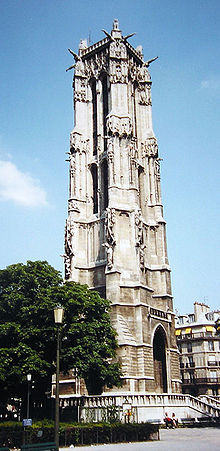
Saint-Jacques Tower
Saint-Jacques Tower. Mentioned in Book III, Chapter 2.
Photos taken by me of Notre-Dame from the right side in 2008.
Me at Notre-Dame Cathedral in 2008.
Paintings Mentioned
Victor Hugo mentioned two specific paintings in his book.
“Night Watch” by Rembrandt is mentioned in Book I, Chapter 3: Monsieur the Cardinal.
The Priest Claude Frollo’s cell is said to look a lot like this engraving called “Doctor Faust” by Remembrandt.
“He has half risen from his immense arm-chair, his clenched fists rest on the table, and he is gazing with curiosity and terror at a large luminous circle, formed of magic letters, which gleams from the wall beyond, like the solar spectrum in a dark chamber. This cabalistic sun seems to tremble before the eye, and fills the wan cell with its mysterious radiance. It is horrible and it is beautiful.” – Victor Hugo, Hunchback of Notre Dame (Book VII, Chapter 4).
Random Facts I Looked Up
Fashion
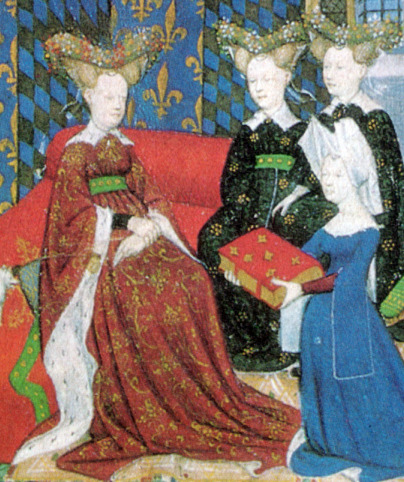
This is what I imagine the girls looked like in Paris in the Middle Ages “From the length of the veil which fell from their pointed coif, twined with pearls, to their heels, from the fineness of the embroidered chemisette which covered their shoulders and allowed a glimpse, according to the pleasing custom of the time, of the swell of their fair virgin bosoms….” -Victor Hugo, The Hunchback of Notre Dame Book VII, Chapter 1
Tapestries
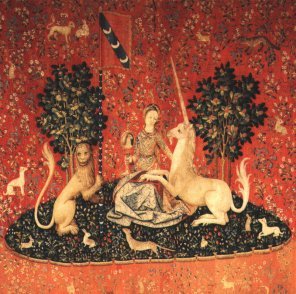
Victor Hugo talks about tapestries in Book VII Chapter 1. I don’t think the ones he talks about are still around, but The Lady and the Unicorn tapestries are still around and they come from this time period. I bet they looked similar.
Questions I Had
- Did Victor Hugo save the Notre-Dame Cathedral with his book? Yes. “One of the effects of the novel was to shame the City of Paris into restoring the much-neglected Cathedral of Notre Dame, which was attracting thousands of tourists who had read the popular novel. The book also inspired a renewed appreciation for pre-Renaissance buildings, which thereafter began to be actively preserved.” Source.
- Why does Victor Hugo talk about things missing from the cathedral in Book III Chapter 1? I think he’s talking about the destruction done in the French Revolution. According to Wikipedia “The cathedral suffered desecration during the radical phase of the French Revolution in the 1790s, when much of its religious imagery was damaged or destroyed. An extensive restoration supervised by Eugène Viollet-le-Duc removed remaining decoration, returning the cathedral to an ‘original’ gothic state.”
- Is this a real scripture? “Then a spirit passed before my face; the hair of my flesh stood up:” Yep it’s in Job 4:15. This scripture was mentioned in Book IX Chapter 1. Isn’t that a cool scripture?







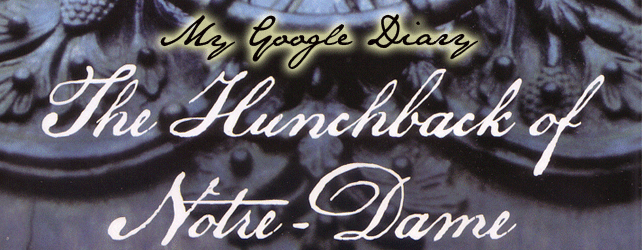
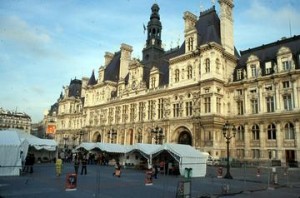
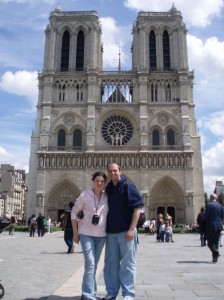
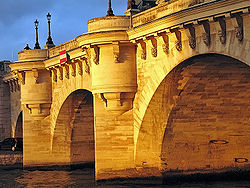
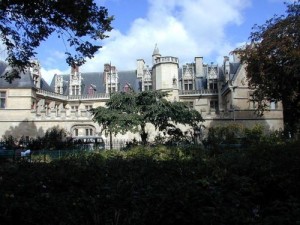
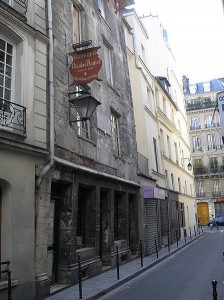
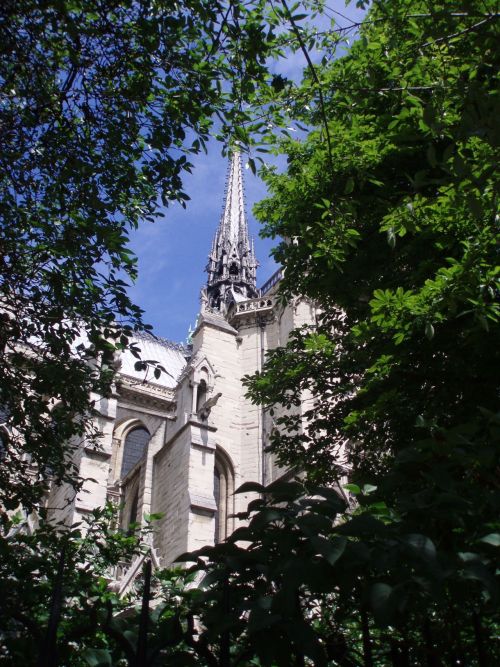
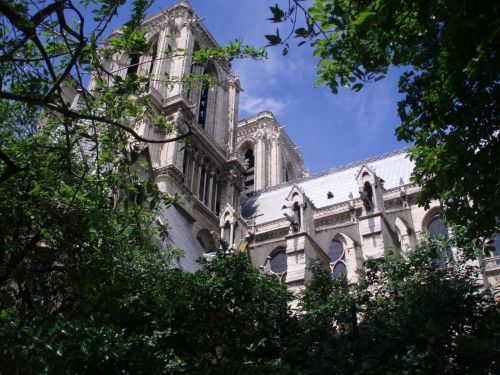
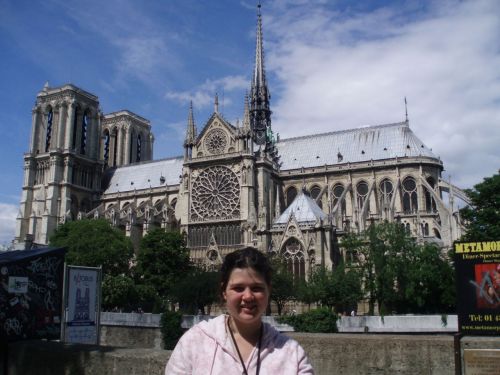
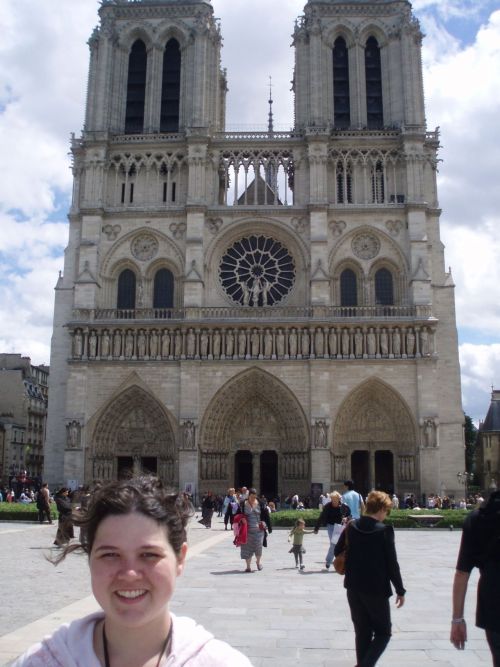
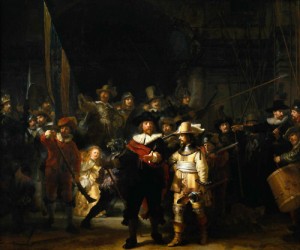
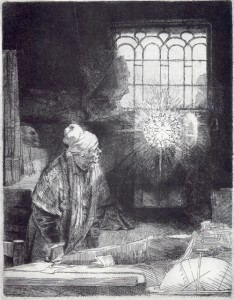
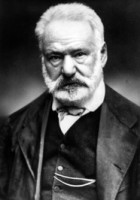
 My name is Jessica. I love to read Young Adult and classic literature. I’ve been a book blogger for six years and I haven’t gotten tired of it yet. I’m a very curious reader. Writing about all the questions and thoughts I had while reading a book is the best hobby ever.
My name is Jessica. I love to read Young Adult and classic literature. I’ve been a book blogger for six years and I haven’t gotten tired of it yet. I’m a very curious reader. Writing about all the questions and thoughts I had while reading a book is the best hobby ever.
Cool post Jessica!